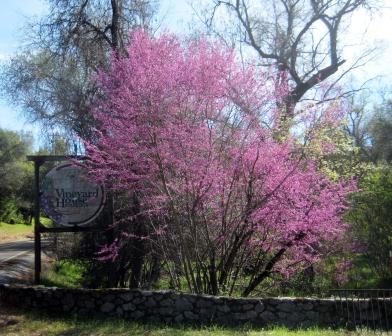After a few days of sunny and mild weather, the rain has returned for what appears to be the upcoming week, and beyond. It’s nice to have had a break in the rain, as we are now in record breaking territory for the wettest year on record. However, the drought is not over according to the powers that be. Southern California, that oasis in the desert, has not gotten the required amount of rain to pull them out of drought. They don’t need to worry, since we have their water safely impounded behind secure dams, like Oroville.
A Upworthy video popped up on my Facebook feed extolling the virtues of urban Gardening for food production. Most of these videos have a hopeful feel that we can feed the growing populations in the if we just bring food production closer to the people eating the food. It all sound great, and you might think we are making some headway here but, ¼ of all front gardens in Great Britain are being paved over for automobiles. Seems the idea of moving to the city and taking part in the public transportation system doesn’t fly when you have a car. Lot’s of hopeful wishes and happy videos out there.
We got ripped off a few weeks ago. Someone drove in, cut the lock on the gate, and drove off with 100’s of bags of our soils, drip irrigation equipment, etc. Amazingly the stuff was spotted by an alert deputy and much of it returned. The crook who took it is on the run, but the deputy seemed confident they will eventually be caught. So we have had to install security cameras, motion detecting equipment, and extra lighting. While I don’t like this kind of stuff, what can we do? No when the motion detector goes off I can quickly see, via our smartphone, all the different areas of the nursery. Seems thieving has been on the up-rise around here.
That’s all for today. Just waiting for the rains to let up so we can start planting for spring. It’s always too much, or too little water at planting season. Just the way it is, and what makes horticulture and gardening a challenge.



